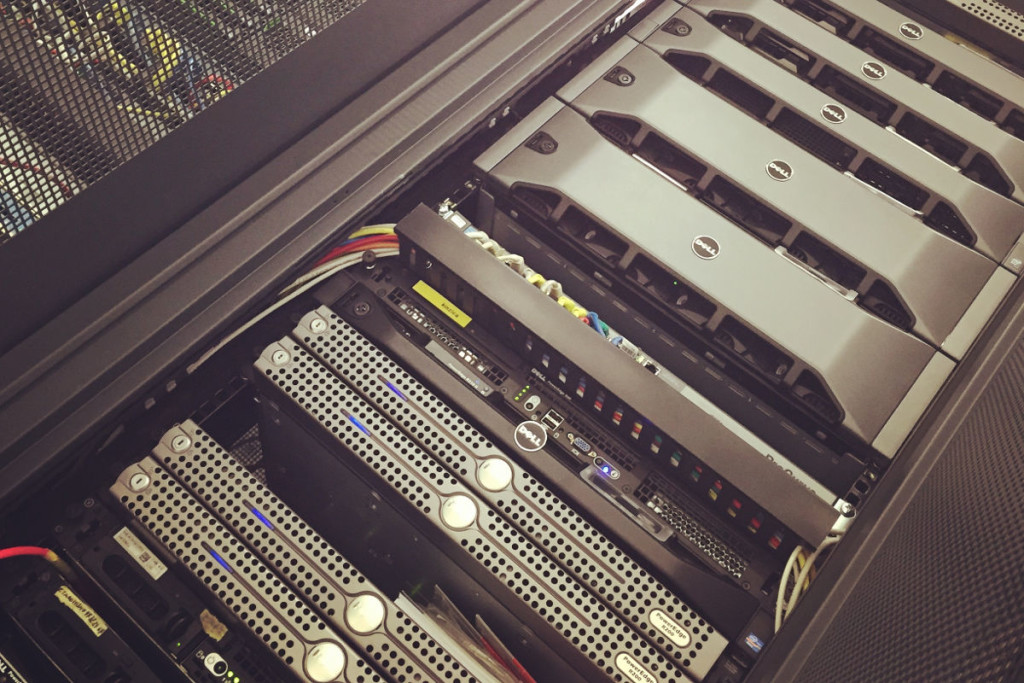Looking to start a website? What do you need to actually succeed with your website? Apart from just developing the website using coding or any content management system, there are many small nitty-gritties to take care of. Here is a quick checklist for website launch.
[1] Pick the right domain name
Don’t go for a difficult or hard to pronounce domain name. Make it short, crisp and easy to memorize. You want your website domain or web address to be brandable for a long-term success. Register your domain with a reputed registrar. If possible, register your domain for 2 years or more as it adds to the credibility of your website.
- Prefer the .com domain or your country domain (.in, .us).
- Check the website history of the domain if it was ever registered earlier.
- Avoid expired domains used for spam, porn, drugs or virus in the past.
- Check the backlink profile of the domain to avoid domains with spammy links.
- Avoid domains that had been redirected just before their expiry.
- Exact-match domain names can be used, but don’t infringe upon someone’s brand or trademark in domains.

[2] Choose the best web hosting
Don’t go for a cheap hosting. Look for a reliable web hosting company that offers affordable web hosting plans.
Avoid unnecessary add-on services offered by web hosting companies.
- Pick a web server close to your target visitors.
(Eg: India-centric site can perform better when hosted within the country.) - Choose Linux hosting servers for content management systems such as WordPress & Joomla.
- Check that the web host offer 99.99% website uptime.
- Get unlimited web hosting space where you can host multiple domains (slightly expensive, but better value in terms of space and future possibility of hosting multiple sites).
- cPanel-based hosting servers are easy to manage.
[3] Choose the right website platform
How do you implement your website? Most of the websites are now hosted using content management systems such as WordPress, Drupal & Joomla.
- Pick your platform based on your requirement. For blogs, use WordPress or Blogger. For simple websites that need not updated very often, you can go for the old-fashioned HTML websites.
- Make sure to use website caching for better website speed.
- Keep your website platform up-to-date, secure and prevent hacking.
- Test your website on multiple browsers such as IE, Firefox & Chrome, as well as devices or screen sizes.
- Keep your website light-weight and agile.
[4] Get a professional website design & look
Looks matter, a lot. So do not ignore the design & logo aspect of website development. Get a clean and elegant website design to suit your website niche. You can pick designs and templates from marketplaces such as Theme Forest.
Website Usability Checklist
- Check on common web browsers (Internet Explorer, Firefox, Safari, Chrome, etc.) and platforms (Windows, Mac, Linux)
- Website must be responsive, meaning it should open on all platforms & devices without any usability issue
- Check on commonly used Screen Resolutions – try resizing browser windows & visit site on smartphones, tablets
- Test all forms such as contact form, blog comments, etc.
- Check all functionalities and features
Website SEO Metrics Checklist
- Website accessible using only one domain (http://speckygeek.com) or sub-domain (eg: www.speckygeek.com) to avoid duplicate content
- Page Titles: Interesting and clear message with relevant keywords
- Add “meta descriptions” with keywords to all posts & pages
- Webpages have a canonical URL set to resolve duplicate URLs
- Primary keywords added in the headlines of webpages as <h1> tag
- Ensure content has just one <h1> tag in every webpage
- At least one <h2>/<h3> tag in the content – add as many you want
- Target keyword density in content should not be high
- User-friendly & search-engine ready pretty URLs
- Set up website visitor analytics, RSS feeds, etc.
- Create an XML Sitemap for the website
- Configure Google Webmaster Console and Yahoo! Site Explorer
Website Performance Checklist
- Website loading speed test (https://pagespeed.web.dev/)
- Check image optimization (use of title & alt texts)
- Check and implement website caching where possible
- Minify/compress static (JavaScript/HTML/CSS) files
- Configure server-based logging tools (eg: database/web server logging)

[5] Publicize before launch
Make sure that you have your website’s social media profiles up and active even before the launch. Your website DNS should be propagating and showing your server. Make sure to change the DNS name server information to your final web server location at least 24 hours before the website launch.
- Create your website profiles & pages on social media such as Facebook, Twitter, Pinterest, Instagram, etc.
- Start using your website social media to provide some general content and invite new visitors.
- While your website is under construction, display an informative “Coming Soon” page.
- Build some hype by sharing teaser content on social media & other community websites.
[6] At the launch
Once your website is ready for launch, you can hit the release button and let the world explore your website.
- Stay active and keep an eye on your site once it is made live.
- Share your website with the world as soon as it goes live.
- Don’t fret any snag in the website, but fix it as soon as possible.

